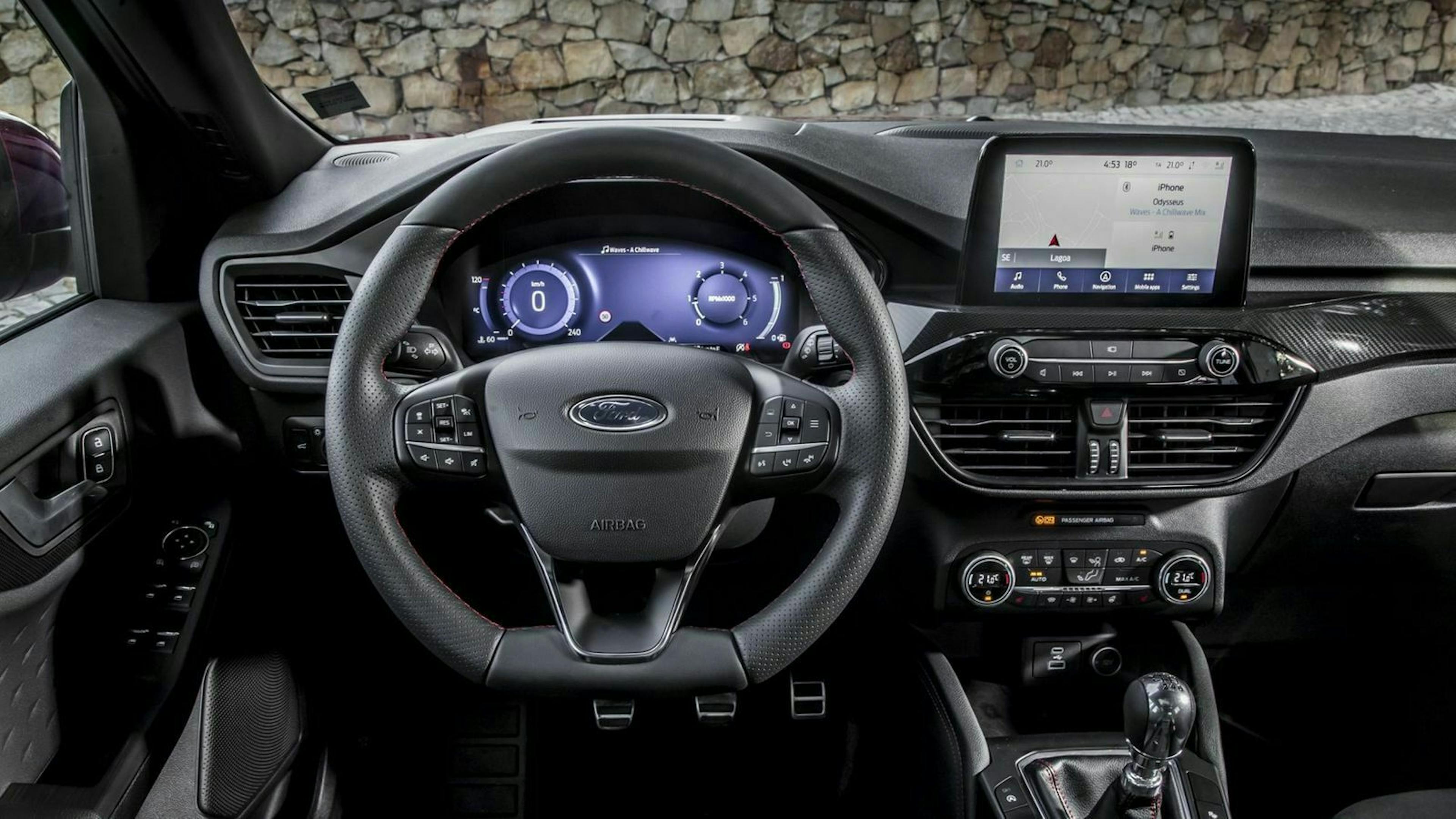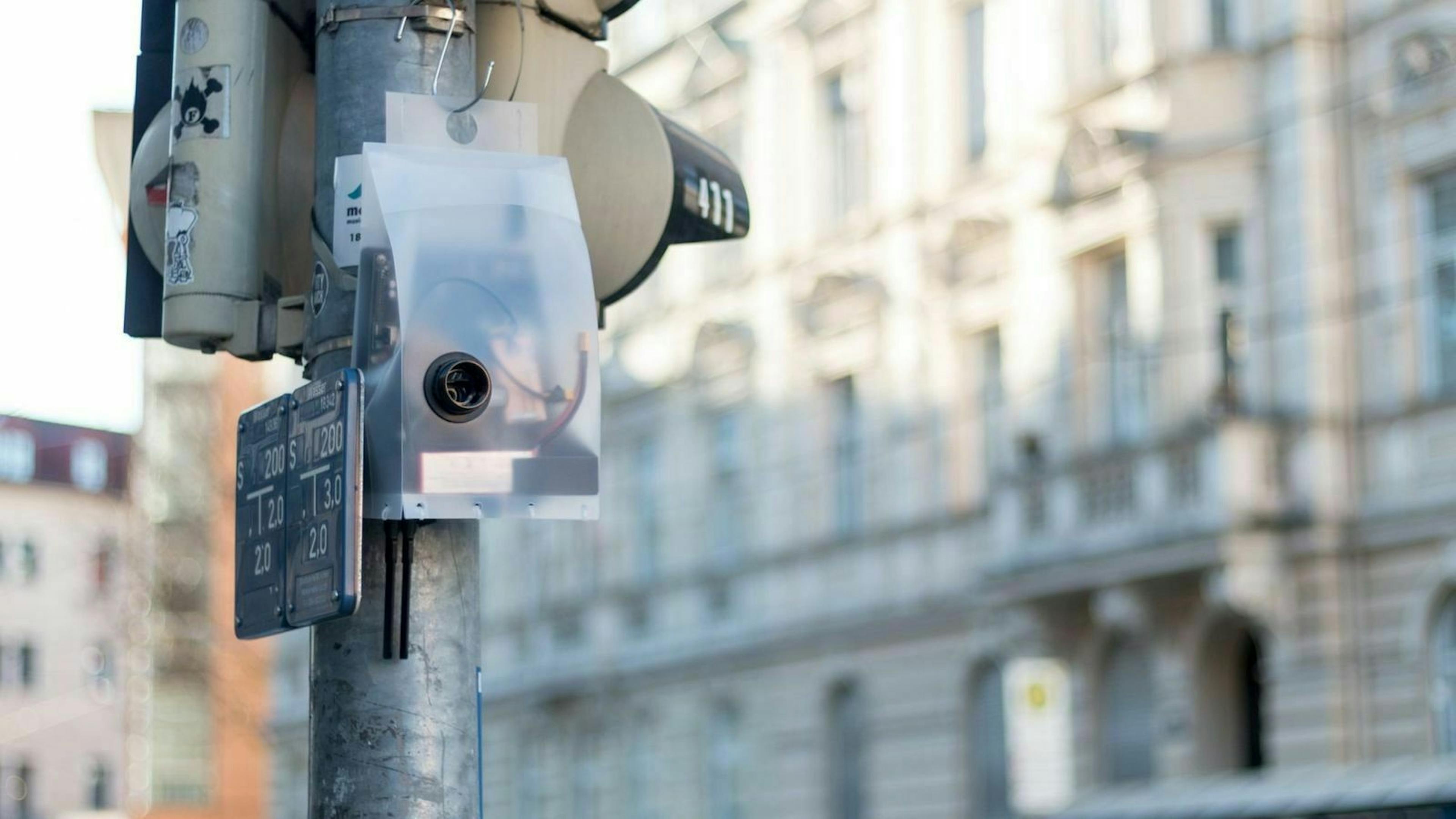Modern cars are packed with assistance systems. But even the most modern cameras and radar sensors cannot look over mountain tops or around corners. This is where the greatest dangers lurk: a sudden end of a traffic jam, black ice or an accident site become a great risk if you don't see them coming. The solution: Cars should warn each other of such danger spots. This is called car-to-car communication. Or, if the transport infrastructure is also integrated, car-to-X communication. This already exists, but currently only a few vehicles meet the necessary requirements.
It doesn't take much for cars to recognize dangerous situations. The ESP anti-skid system, which is installed as standard in every current vehicle, already registers slippery road surfaces, for example. Because he has to intervene. The brake control unit detects when the driver initiates a sudden braking maneuver. If the driver switches on the hazard lights or the fog lights, this also acts as an indication of a dangerous situation. Just like the activation of the E-Call emergency call system, which has been mandatory for new vehicle types since 2018.
Uniform standards for data traffic
The basis for more road safety has already been laid and is present in most cars. However, road safety only benefits when the car comes into contact with other cars to pass on the information.
The prerequisite for this is a communication module. For example, a SIM card for mobile communications or a WLAN module. The former is available in every newer vehicle, as the prescribed e-call operates via the mobile network. Automatic forwarding to other vehicles is more difficult. Regardless of whether another car acts directly as a receiver or whether the information is first glided through a data collection point, the transmitted information must be interpreted and understood correctly. This requires uniform standards, across all brands.

Car-to-car communication as an isolated solution
When the first systems for car-to-car communication found their way into new cars, they were initially isolated solutions from individual manufacturers. Mercedes, for example, which was one of the pioneers of the technology in 2016, initially only allowed individual models to "talk" to each other. Only the E-Class of the W 213 series had the corresponding technology. Another prerequisite was the large Comand Online infotainment system with the NTG 5.5 operating system.
Volvo also networked brand-owned vehicles with each other from 2019. After all, all Volvo models had an assistant as standard, which warns other Volvo models of slippery roads and broken down vehicles ("Hazard Light Alert" and "Slippery Road Alert").
Cooperation with navigation service providers
Since the summer of 2019, however, uniformity has slowly come to the confusion of languages. BMW, Daimler, Ford and Volvo are working together with the navigation service providers and map experts Here and Tomtom on an overarching communication solution. It should also work throughout the EU. The consortium relies on mobile communications as the transmission route. Ideally, vehicles in the vicinity know before a curve that is not visible that there is danger behind it.
At Ford, for example, the technology is available in the current Puma and Kuga series. Data emitted by a vehicle is first collected in Ford's own cloud. From there, they are distributed locally to other vehicles near the danger site. However, this not only allows other drivers to be warned. Emergency services can also be alerted and accurate location data can be provided. In this way, the deployment of rescue forces can be accelerated.

It's all in the crowd
However, such a tight safety net is only as narrow as the number of participants allows. Vehicles that have the necessary systems are still rare. In addition to BMW, Ford, Mercedes and Volvo, vehicles from the VW Group are capable of the necessary car-to-X communication. It can be assumed that the total fleet so far comprises at most a low six-digit number of cars in Germany. Too little to have a lasting effect on road safety.
Especially since not all models get along with each other without problems. There is still disagreement among some manufacturers about the technology standard to be used. You can choose between mobile communications or Wi-Fi. In addition, it is not enough for the European manufacturers to agree. Importers from Asia also account for a significant proportion of vehicles on European roads. However, they currently do not offer a hazard warning.
The road to comprehensive car-to-car or even car-to-X communication is still long. For the time being, it offers manageable benefits due to the manageable number of intelligent vehicles. In addition, networking with German manufacturers also costs money. Usually, the hazard warning is linked to the subscription to connectivity services. At the latest two to three years after the purchase of a new car, fees in the low three-digit range are incurred. It will probably take a few more years before a comprehensive alliance for car-to-X communication really makes road traffic safer.
